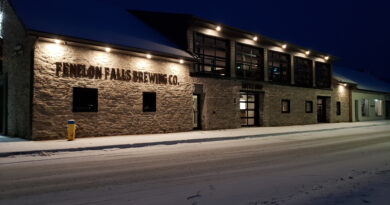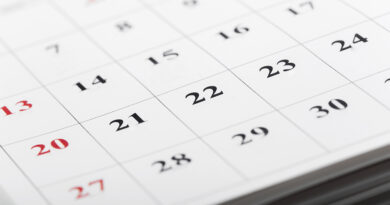Introduced Invasive Plants & Shrubs in Cottage Country
Over the last 15-20 years, I’ve become accustomed to the spread of invasive plants and shrubs into woodlands and other natural areas within the GTA and the Oak Ridges Moraine. Unfortunately, they are continuing to spread north.
How? Seeds in a soil particle from a visitor’s hiking boot; after passing thru a bird’s digestive system; or even from seeds in commercial compost / soil. Plants can spread
[easy-image-collage id=3034]
from public trails or be purchased from a nursery – although some are attractive, think twice when considering a non-native plant for your garden advertised to ‘grow well in our climate with little effort’.
If you appreciate environmental values provided by our natural areas, including shoreline properties, be aware of this threat and its impact. These plants and shrubs are increasingly common in the Kawarthas and further north. Native to Europe and Asia, many are not subject to natural controls such as native insects and plant diseases. Once a seed source becomes established, these plants can dominate the understory of a woodland (or grassland) – displacing trilliums, ferns, violets, choke cherries, hobblebush, and native tree seedlings, while disrupting wildlife habitat and impacting property values. Some are hazardous to human health (giant hogweed and wild parsnip), while Japanese knotweed shoots penetrate concrete, driveways or building foundations.
European and common buckthorn shrubs have spread dramatically over the last several decades. Other shrubs becoming common include Russian / autumn olive and exotic honeysuckles. Plants such as dog strangling vine are becoming established along roadsides, woodlands and pasture areas. Garlic mustard is becoming common along trails and cottage roads, before spreading into adjacent woodlands.
Others include – Norway maple and its cultivars, barberry species, periwinkle, spotted knapweed, Himalayan balsam, and Oriental bittersweet (a vine). These are the most visible examples of a wave of alien plants and shrubs.
Control is not easy. The best protection is your awareness, regular reconnaissance and early recognition, and ongoing control efforts.
The Ontario Invasive Plants Council provides an excellent website for identification and control recommendations: www.ontarioinvasiveplants.ca
By Dave Pridham
www.centralontarioforestconsulting.com




